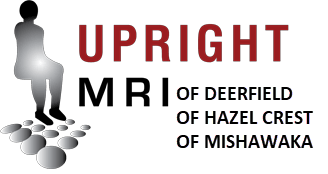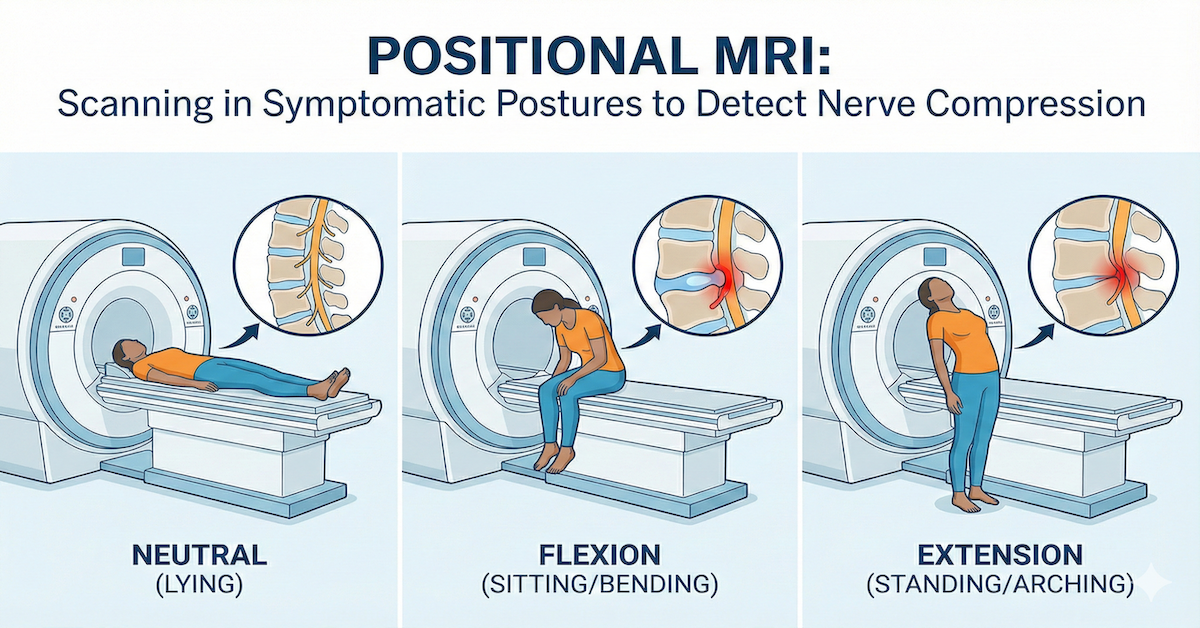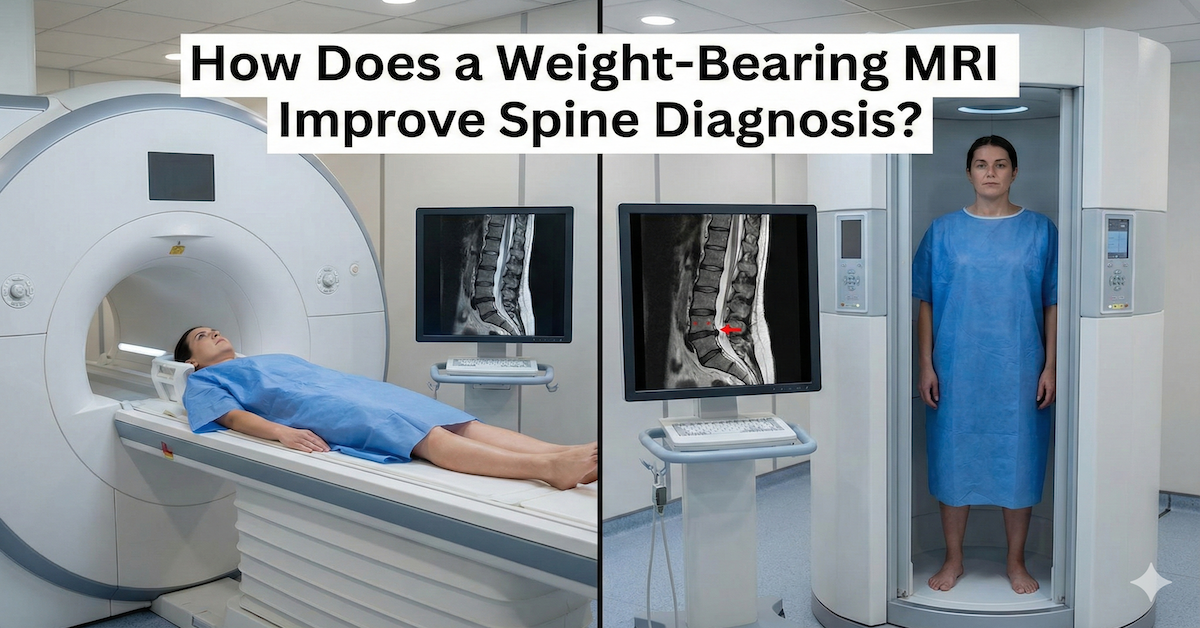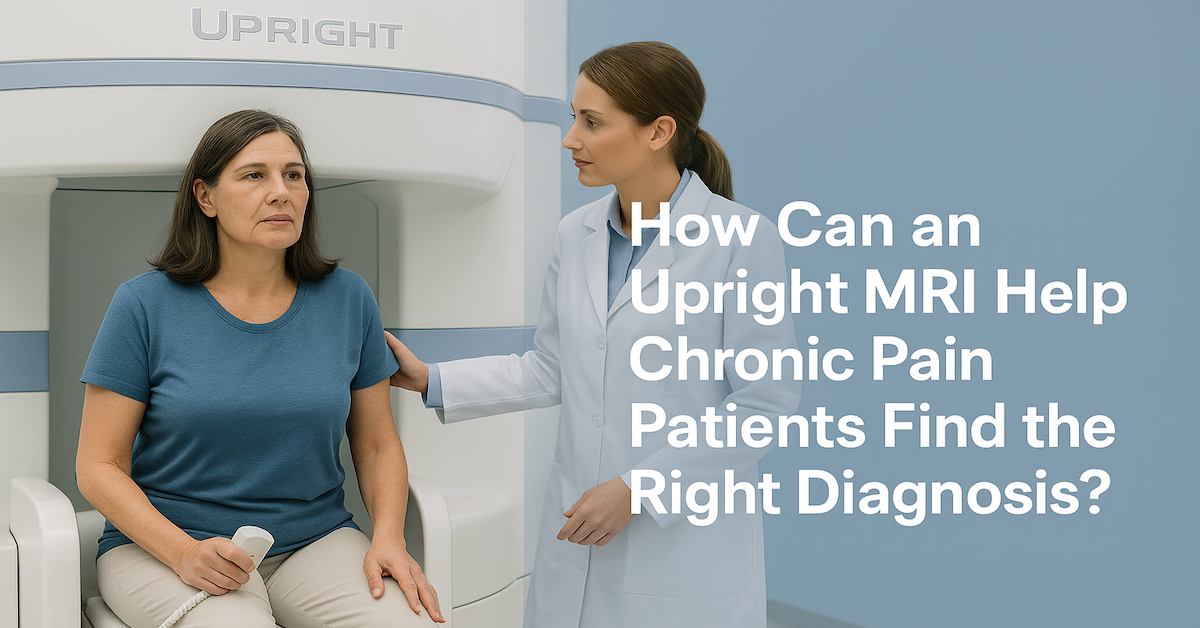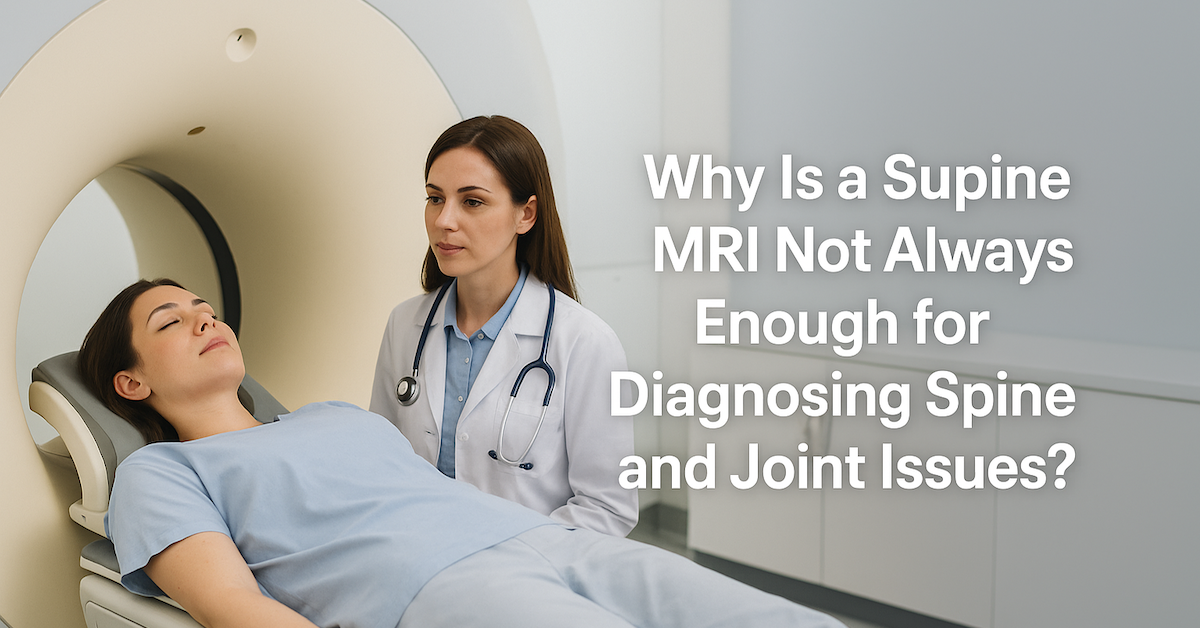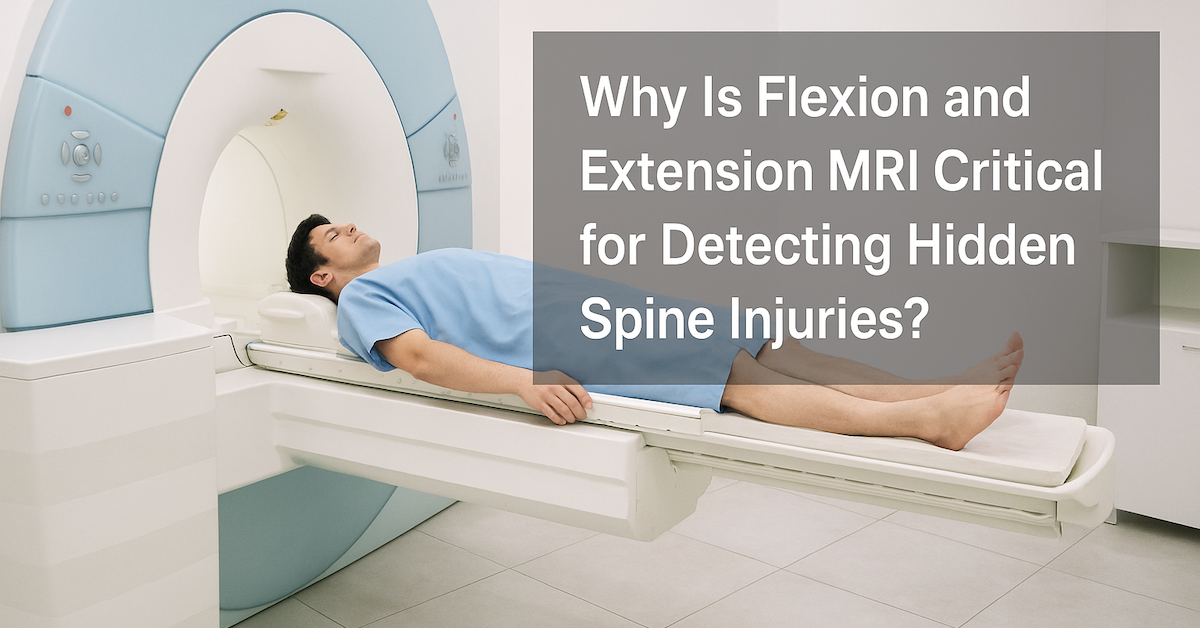Comprehensive Guide to MRI Back and Spine Scans
In the intricate landscape of medical diagnostics, Magnetic Resonance Imaging (MRI) stands out as a powerful tool, particularly when it comes to examining the complexities of the back and spine. This comprehensive guide aims to demystify the MRI process, providing patients with a deeper understanding of its significance in diagnosing various spinal conditions. If you've been recommended an MRI for your back or spine, this guide is your roadmap to navigating the procedure and interpreting the results.
Understanding Back and Spine MRI
Let's start by unraveling the mystery behind MRI technology. Unlike traditional X-rays or CT scans, which use ionizing radiation, MRI relies on powerful magnets and radio waves to create detailed images of the internal structures of the body. This non-invasive approach is especially beneficial for imaging the soft tissues of the back and spine, offering unparalleled clarity without exposing patients to harmful radiation.
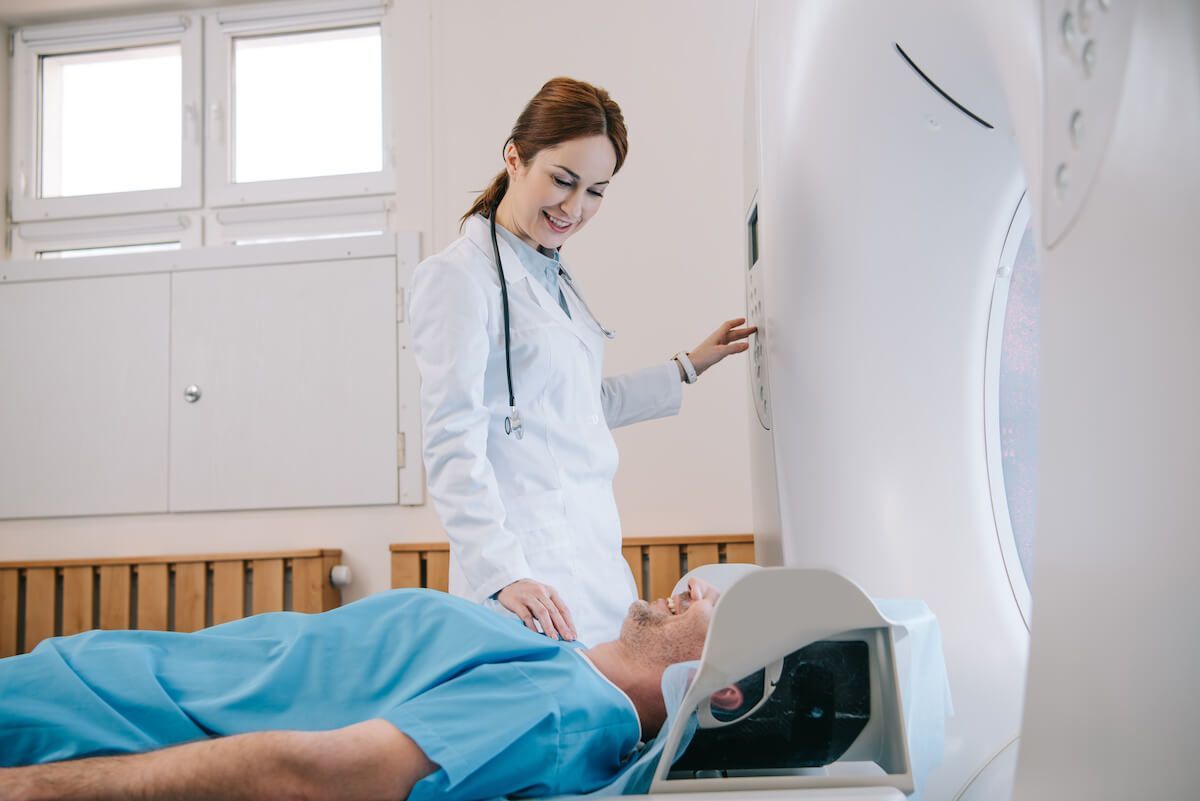
Common Reasons for Back and Spine MRI Scans
Chronic back pain can be a formidable adversary, making everyday tasks feel like insurmountable challenges. When conventional diagnostic methods fall short, an MRI becomes instrumental in identifying the root cause. It serves as a diagnostic ally in detecting issues such as disc herniation, spinal stenosis, and even uncovering the presence of spinal infections or tumors that may be causing discomfort.
Preparing for an MRI Back and Spine Scan
Before you step into the MRI suite, some preparation is necessary. The process typically involves a set of dietary restrictions and considerations for medications. It's crucial to communicate openly with your healthcare team, addressing any concerns or potential issues. Claustrophobia is a common fear associated with MRI scans, and healthcare providers are well-equipped to offer comfort measures and support during the procedure.
The MRI Back and Spine Scan Procedure
As you lie still on the MRI table, the machine works silently but diligently to capture detailed images of your back and spine. The duration of the scan varies but generally ranges from 30 minutes to an hour. Open MRI options, providing a more spacious environment, are available for those who may find the traditional closed MRI setup uncomfortable. Patient comfort is paramount, and the healthcare team will ensure that you are at ease throughout the process.
Interpreting MRI Results
Once the images are captured, the next crucial step is interpreting the results. MRI reports can be intricate, detailing various aspects of your back and spine. Working closely with your healthcare professionals is key to understanding the findings. Familiarizing yourself with common MRI terminology empowers you to actively participate in discussions about your diagnosis and potential treatment plans.
Benefits and Limitations of MRI for Back and Spine Issues
The benefits of MRI in providing detailed and precise images cannot be overstated. It allows healthcare providers to visualize soft tissues, nerves, and even blood vessels with remarkable clarity. However, like any diagnostic tool, MRI has its limitations and considerations. Understanding these, along with potential contraindications, helps paint a realistic picture of what to expect from the procedure.
Costs and Insurance Coverage for MRI Back and Spine Scans
Delving into the financial aspects of medical procedures can be daunting. It's essential to understand the costs associated with MRI scans and explore insurance coverage options. Some facilities, like Upright MRI of Deerfield, may offer alternatives for cost-effective MRI options, ensuring that quality healthcare remains accessible to all.
Choosing the Right Imaging Center
Selecting the right imaging center is a crucial step in your MRI journey. Consider factors such as accreditation, certification, and patient reviews when making your decision. Upright MRI of Deerfield, as a reputable and reliable imaging center, prioritizes patient care and provides a comprehensive range of services. Their commitment to excellence ensures that your back and spine MRI experience is both comfortable and accurate.
Patient Experience Stories
Real-life stories from individuals who have undergone back and spine MRI scans offer valuable insights. These stories provide a glimpse into their diagnoses, treatment journeys, and the pivotal role MRI played in their healthcare. Learning from others' experiences can ease anxieties and offer practical advice for those preparing for an MRI.
Conclusion
As we wrap up this comprehensive guide to MRI back and spine scans, remember that knowledge is your greatest asset in the realm of healthcare. Prioritizing your spinal health through informed decisions and timely diagnostics is a proactive step toward a healthier future. Upright MRI of Deerfield stands as a beacon of quality and reliability in imaging services, dedicated to supporting patients on their journey to wellness. Trust in the process, stay informed, and let your health take center stage.
SHARE THIS POST:
Leave a Comment:
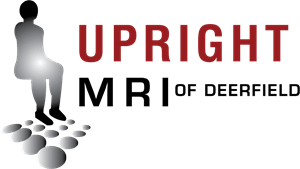
The World's Most Patient-Friendly MRI. A comfortable, stress-free, and completely reliable MRI scan. We offer patients an open, upright, standup MRI experience that helps those who are claustrophobic and stress being in a confined area. Upright MRI of Deerfield is recognized as the world leader in open MRI innovation,
Our Recent Post
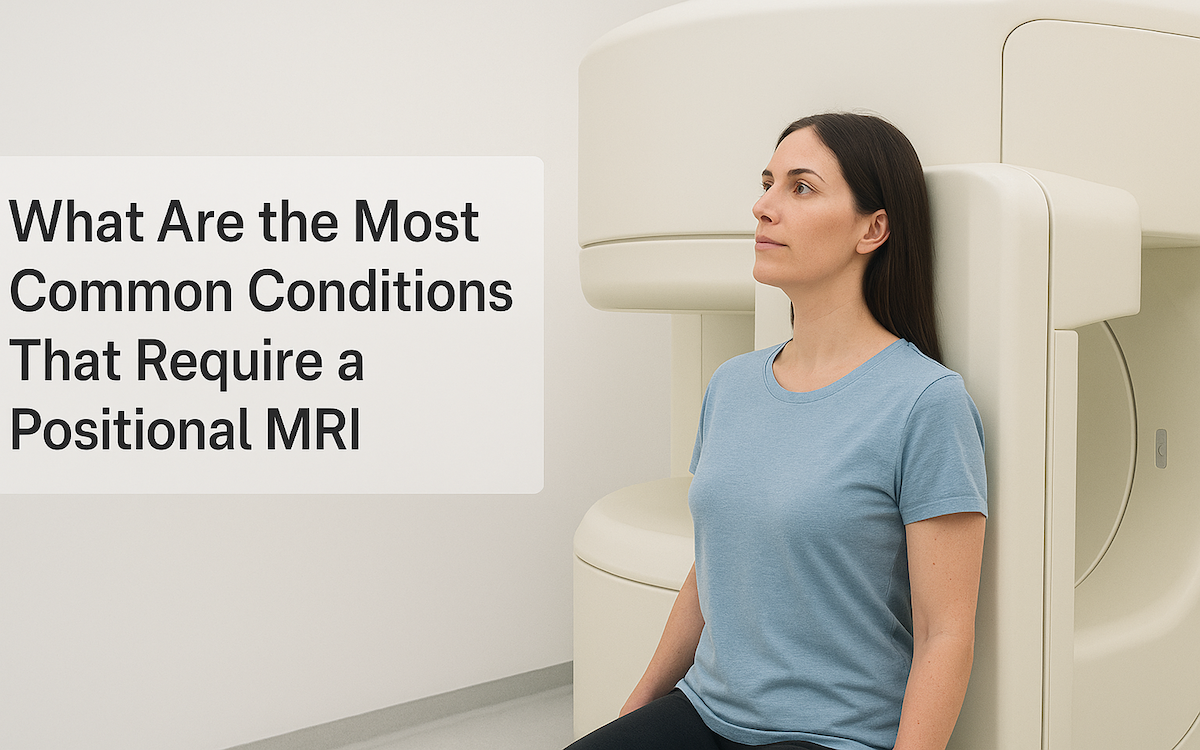


READ PATIENT TESTIMONIALS
Upright MRI of Deerfield.
Susan D.,
Highland Park, 39
I am going to tell everyone about your office! This was a great experience after I panicked in other MRI machines and had to leave. Thank you so much.

Judith B.,
Milwaukee, 61
I suffer from vertigo and other MRIs do not work. This was wonderful…absolutely NO discomfort at all. The MRI was so fast…I wanted to stay and watch the movie! Mumtaz was great. His humor really put me at ease. I’ve already recommended Upright MRI to friends.

Delores P.,
Glencoe, 55
Everything is so nice and professional with your place. I have been there a couple of times. My husband and I would not go anywhere else.

